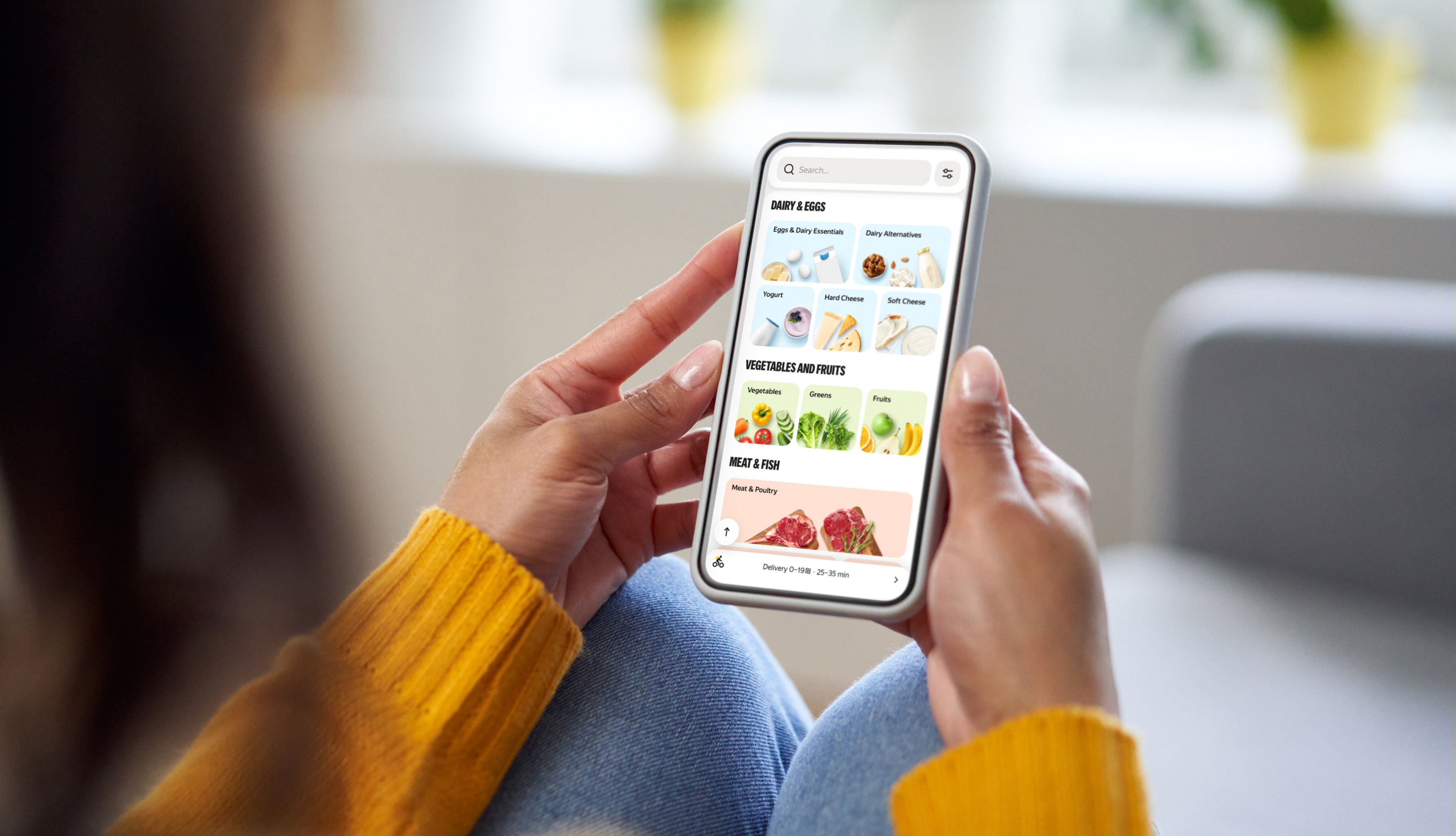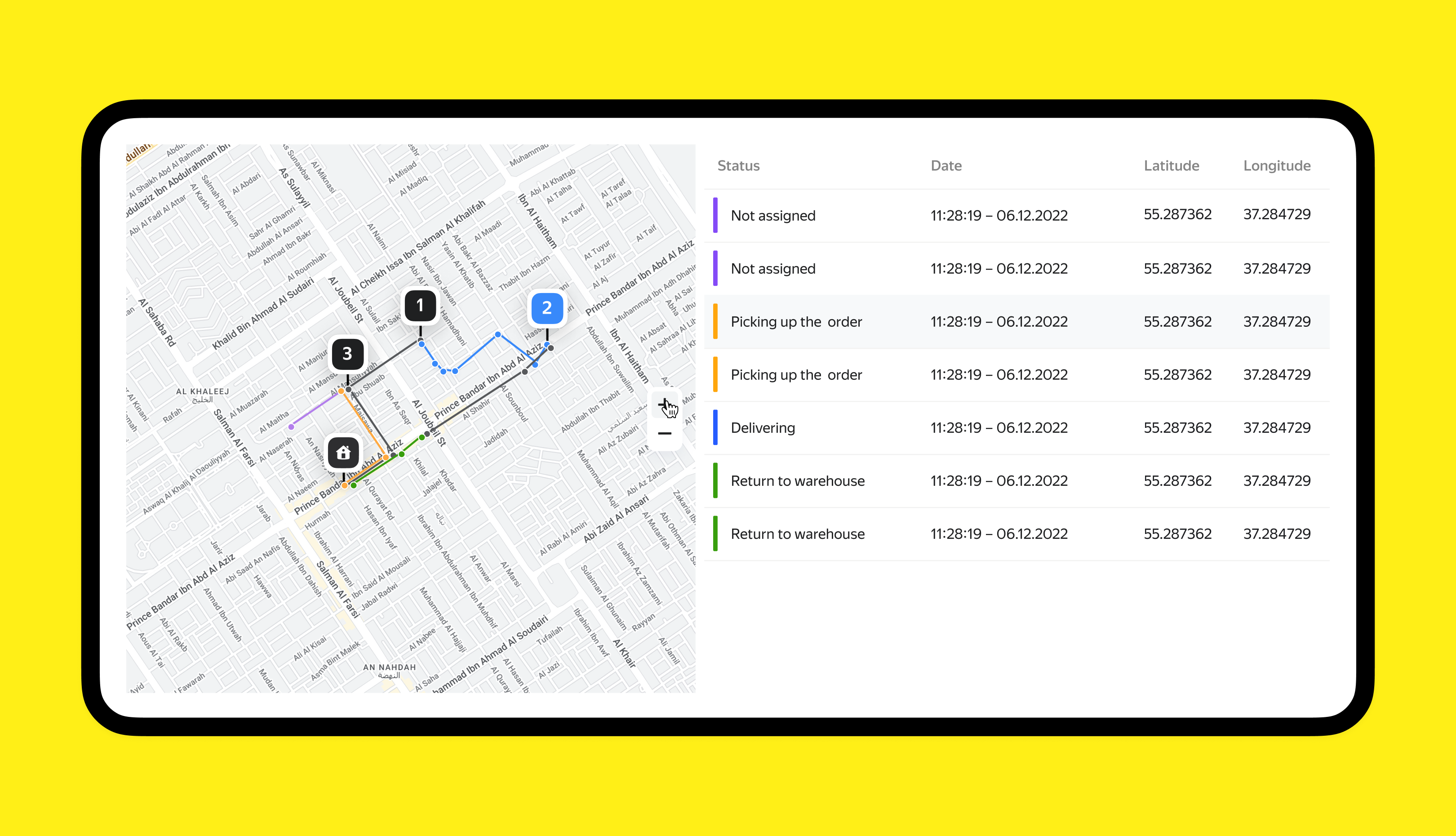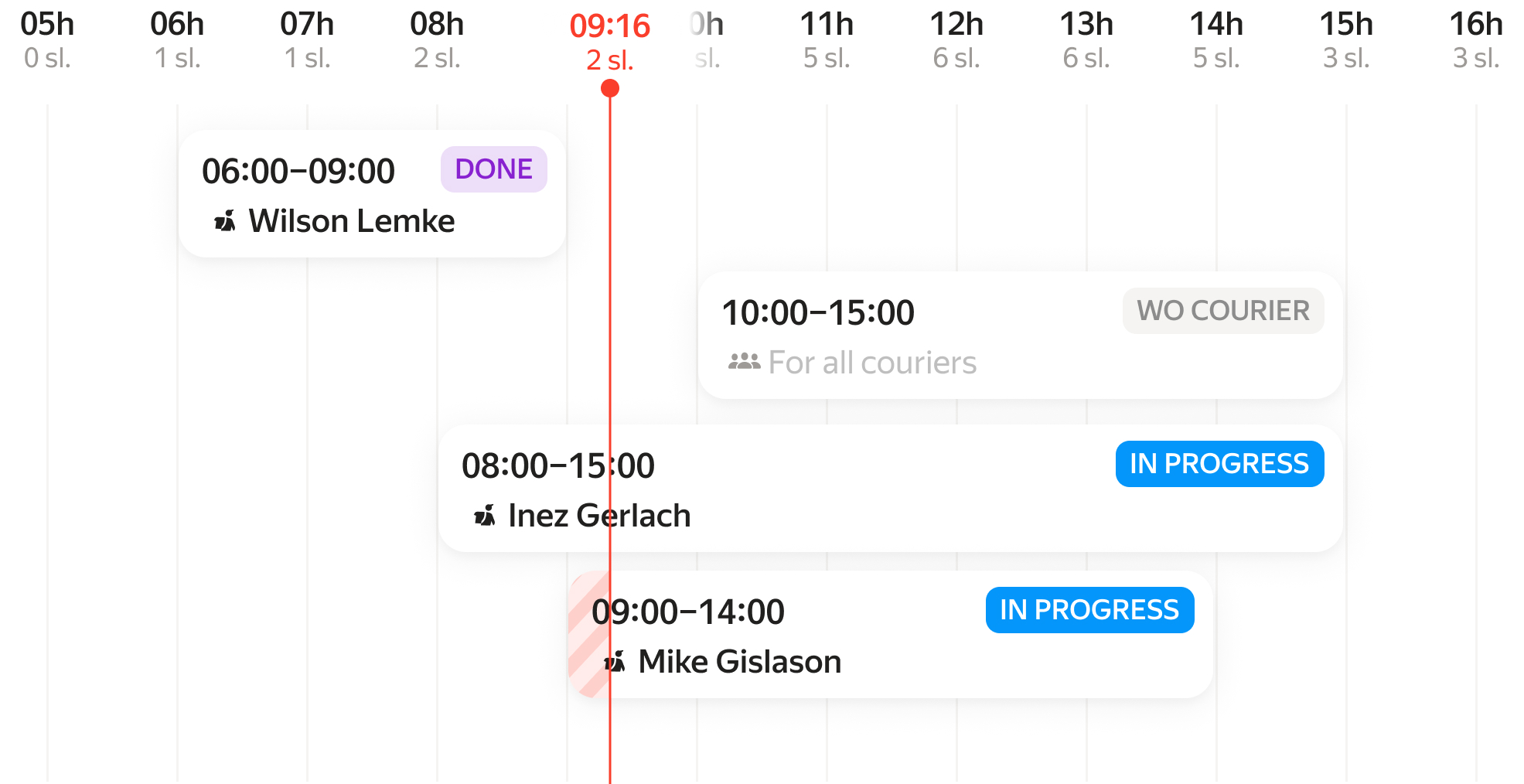Yango Tech and Surtifamiliar Partner for Next-Generation AI-Powered Grocery E-commerce in Colombia


In today's fast-paced digital era, e-commerce has witnessed unprecedented growth, transforming the way people shop for groceries. Online grocery, also known as e-grocery, has emerged as a popular trend, offering convenience and time-saving benefits to customers. However, the success of e-grocery heavily relies on an efficient and reliable last-mile delivery system. This article explores the concept of last-mile delivery in the context of e-grocery, delves into its challenges, and discusses innovative solutions that enhance customer experience.
Last-mile delivery refers to the final stage of the logistics process, where goods are transported from a distribution hub or fulfillment center to the customer's doorstep. It is often considered the most critical and expensive part of the supply chain due to its complex nature and the need for quick and accurate delivery.
One notable example of a last-mile service in the e-grocery industry is the rise of dark stores. Dark stores are fulfillment centers or warehouses designed exclusively for online order fulfillment, eliminating the need for physical retail space. They operate as miniature supermarkets, enabling efficient picking and packing of orders for rapid delivery.

Last-mile delivery poses several challenges that need to be addressed to ensure seamless operations and customer satisfaction. One of the primary challenges is traffic congestion, especially in urban areas, which leads to delays and increased delivery costs.
Meeting specific delivery time windows is also a challenge as customers expect their orders to arrive within designated time slots. Managing demand variability, particularly during peak hours or seasons, is another challenge that requires agile strategies to handle unpredictable spikes in orders. Cost optimization is crucial for profitability, as balancing costs associated with delivery personnel, fuel, and vehicle maintenance is essential. Additionally, maintaining clear communication with customers regarding order updates, delays, and changes is vital for a positive customer experience.
Effective courier tracking is vital for enhancing transparency and keeping customers informed about their order's progress. Technologies such as smart routing, geo-tracking, and map integration enable real-time tracking and efficient delivery. By sharing courier locations and estimated arrival times, customers gain peace of mind and can plan accordingly.

To overcome the challenges of last-mile delivery, e-grocery businesses are adopting innovative solutions. One effective strategy is batching deliveries, which involves consolidating multiple orders for delivery in the same area. This approach minimizes travel time and reduces costs. Offering customers flexible courier slots to choose from ensures convenience and improves delivery efficiency. Demand prediction is another valuable solution, where businesses analyze historical data and utilize predictive algorithms to anticipate demand surges accurately.
Implementing quick-commerce (q-commerce) through dark stores and micro-fulfillment centers strategically positioned in urban areas enables rapid delivery of essential items within hours. Additionally, offline-to-online integration, such as partnering with brick-and-mortar grocery stores for click-and-collect or curbside pickup options, enhances the overall customer experience.
Measuring key metrics helps e-grocery businesses evaluate their last-mile delivery performance and identify areas for improvement. Some crucial metrics to monitor include on-time delivery, which ensures that orders are delivered within the promised time frame. First-time delivery success is also important, as minimizing failed deliveries and reducing the need for redelivery attempts improves operational efficiency.

Customer satisfaction plays a significant role, and collecting feedback and reviews allows businesses to gauge customer sentiment and make necessary improvements. Cost-per-delivery analysis helps optimize operational efficiency by analyzing the cost associated with each delivery. Delivery density, or maximizing the number of deliveries per route or time slot, enhances productivity and reduces costs.
As the e-grocery industry continues to flourish, last-mile delivery plays a pivotal role in providing a seamless customer experience. By understanding the challenges and implementing innovative solutions, businesses can optimize their logistics operations, reduce costs, and improve overall customer satisfaction. Leveraging technologies, such as smart routing, demand prediction, and geo-tracking, empowers e-grocery businesses to overcome obstacles and establish themselves as reliable and efficient providers in the competitive online retail landscape.